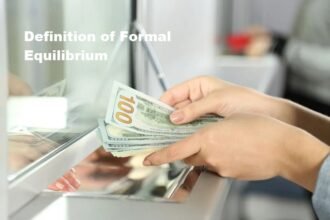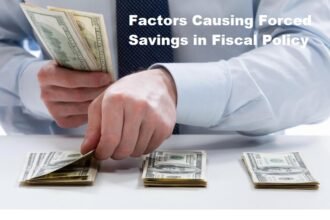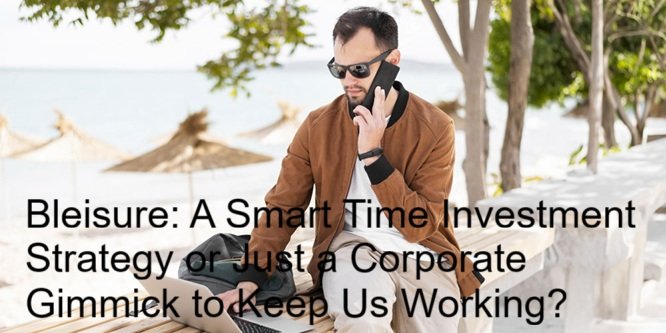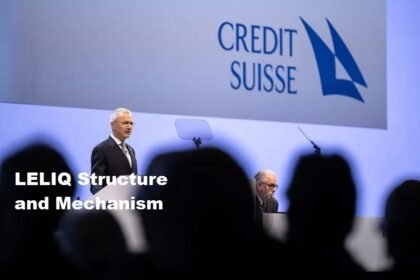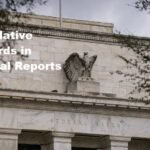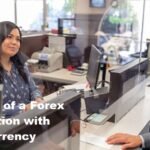Well, I just experienced firsthand how to “outwit” this conventional work system with a concept called bleisure, and honestly, the results made me rethink the true meaning of productivity. So, as a novice investor who is still learning, I often have to attend webinars or online meetings at odd hours, and one time I had to join an important session while on a family vacation in Bali. At first, I thought it would be stressful, but instead I got the most brilliant investment idea from a casual conversation at a coffee shop after the meeting, when my mind was completely relaxed and unfettered. Bleisure is essentially the practice of mixing business and leisure in the same trip, where we extend our stay at a business location for tourism purposes or add vacation elements to our work schedule. And this is not just an empty trend but a strategic approach that uses the momentum of business travel to recharge creative energy while broadening perspectives by experiencing new cultures and environments that can ultimately trigger fresh insights in decision-making, especially in this uncertain investment world.
Well, the importance of bleisure is often underestimated, even though in the context of learning to invest like me, its existence is arguably crucial to breaking the monotony and preventing burnout, which ultimately makes our investment decisions emotional and careless. Just imagine, we spend hours every day looking at charts fluctuating, reading dizzying financial reports, and listening to sometimes contradictory analysts; without a healthy outlet, our brains will become saturated and analytical abilities stagnate at a certain point. Bleisure offers a solution by inserting refreshing moments amidst work pressure, so we return to the desk with a fresher mentality and clearer perception—something that is vital to avoid FOMO (Fear Of Missing Out) or panic selling that often ensnare novice investors like me; here, bleisure is not just a vacation, but an investment in our mental health and sharpness of thought.
But make no mistake, this bleisure practice isn’t without its problems; what I feel most is that the line between work and rest becomes very blurred, where we can get caught opening our laptops checking our stock portfolios while we’re at the beach, which is supposed to be a place to unwind, and ultimately, the vacation isn’t relaxing, but instead makes us feel guilty because the work isn’t finished. Not to mention the cost, even though the company covers business accommodations, additional leisure activities are often personal expenses, which if not managed can ruin our financial plans—and for me, who is learning about investing, this is a valuable lesson learned about wise fund allocation. Another challenge is time management, which must be super strict, because the temptation to postpone business agendas for travel exploration is very large, and if we fall behind, our professional reputation can be at stake, especially if we miss a time-sensitive investment analysis deadline.
The way to handle it, based on my inexperience, is with super-detailed planning and strong self-discipline. I create a clear itinerary with slots for meetings, market analysis, and dedicated travel. I even set an alarm to remind me when to switch modes. I also learned to be fully present; during work hours, I focus completely until completion, and during leisure time, I completely disconnect from my gadgets and enjoy the moment—this is what makes bleisure effective. Technology is also a lifesaver. I utilize project management apps to track tasks and travel apps to find time- and cost-efficient leisure activities, so I don’t waste energy on unproductive things.
The goal of bleisure isn’t just to get a free vacation, but rather to create a sustainable balance between career demands and personal needs, so that our long-term productivity remains intact without sacrificing happiness. For me personally, the goal is to be able to return from a bleisure trip with not only a completed work report, but also a new investment insight or a quality professional network gained from informal interactions during leisure time—something I wouldn’t have gotten if I were confined to a formal meeting room.
Therefore, from my bleisure journey, we can conclude that this concept is far more than just a lifestyle or employee benefit—it’s a strategic tool that, if utilized correctly, can improve the quality of our investment decisions in unexpected ways. By combining work discipline with the need for refreshment, bleisure creates a conducive environment for the emergence of fresh ideas and new perspectives that are crucial in the dynamic world of investing. However, its success depends heavily on our ability to set clear boundaries and maintain strong self-discipline; otherwise, instead of profit, we will actually suffer losses, both financially and mentally. As a novice investor, I see bleisure as a form of investment in human capital—we “invest” time and a small additional expense to enrich our experience and insight, which will ultimately return in the form of analytical acumen and mental peace of mind in managing our portfolio. So, yes, bleisure is not the enemy of productivity, but can actually be a powerful ally if we manage it smartly. And for me personally, it’s one of the “hidden gems” in the investment learning journey that makes the process not only profitable, but also enjoyable and full of discovery.


